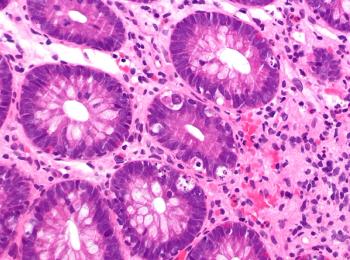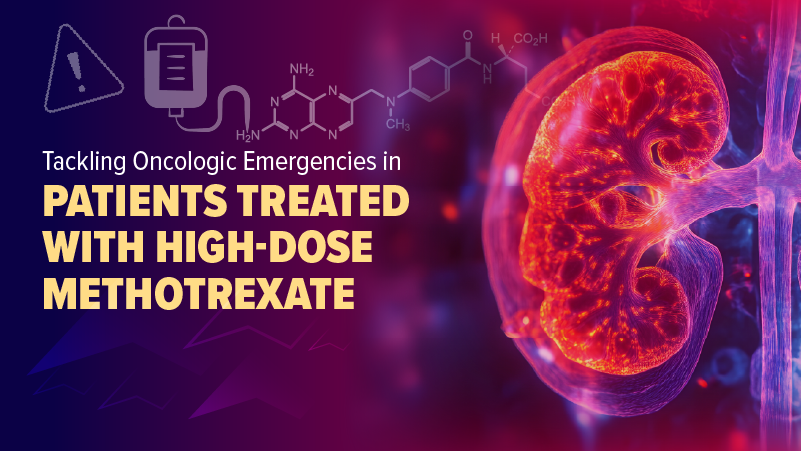
Extended MRD Monitoring Helps Predict Relapse in Pediatric ALL
Monitoring minimal residual disease and real-time quantitative polymerase chain reaction can predict relapse in pediatric acute lymphoblastic leukemia patients.
Monitoring minimal residual disease (MRD) with real-time quantitative polymerase chain reaction (RQ-PCR) through induction-consolidation provides useful information on the risk of relapse in pediatric patients with acute lymphoblastic leukemia (ALL), according to a new study.
Relapse is the most common form of treatment failure in children with ALL, and though some patients can be rescued following relapse, second-line therapy is often ineffective. “MRD monitoring is currently considered the most reliable strategy to evaluate early treatment response and to refine stratification accordingly,” wrote study authors led by Maddalena Paganin, PhD, of the University of Padova in Italy. “Despite adequate technologies that are now widely available, only a few studies have addressed the issue of predicting ALL relapse by prospective, postinduction MRD monitoring.”
In the current study, the researchers monitored MRD using RQ-PCR throughout a treatment program, beyond the early time points usually used, in 110 patients in Italy. MRD results were categorized as either negative, low positive (below the quantitative range of 5 × 10-4), and high positive (at or above that level). Of 588 total samples (median of five samples per patient), 91.7% were classified as negative, 7% were low positive, and 1.4% were high positive.
A total of six patients (5.5%) had one or more MRD high positive results, and five of them subsequently relapsed; this yielded a positive predictive value of 83%. Another 23 patients were classified as low positive, and nine of them eventually relapsed; this yields a positive predictive value of the low positive finding of 39%.
The other 81 patients were MRD negative at all tested time points, and nine of them subsequently relapsed. This means a negative test result has a negative predictive value of 89% (ie, with negative tests through postinduction treatment, an 89% chance of remaining in remission).
“In our opinion, our data suggest that additional MRD evaluation within a few months after induction and consolidation therapy may be clinically justified, particularly in patients who did not reach MRD negativity, because it allows identification of a non-negligible fraction of patients who have a high risk of relapse,” the authors wrote. MRD monitoring in those patients who do reach MRD negativity by the end of induction-consolidation therapy does not appear to be justified, however.
Study Details
The study was largely evenly divided between male and female patients, and 84.6% of the cohort were aged between 1 and 9 years. Most patients (91.8%) had B-cell precursor ALL, while the remainder had T-cell ALL.
Newsletter
Stay up to date on recent advances in the multidisciplinary approach to cancer.

















































































